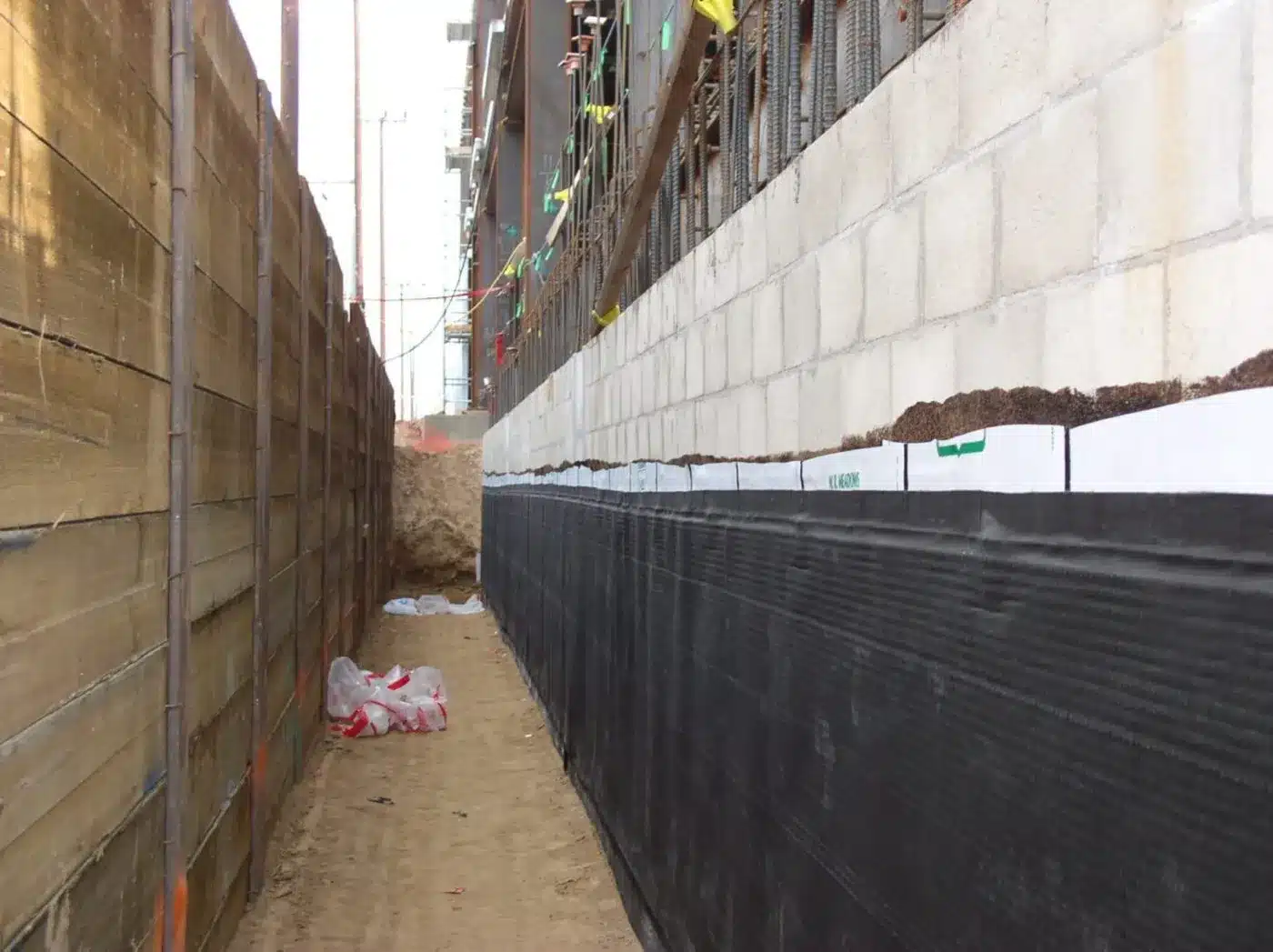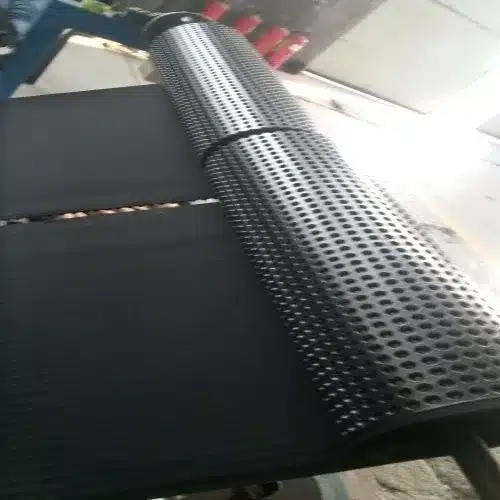Geocomposite Drainage System: Advancing Water Management in Civil Engineering
A geocomposite drainage system is a tailored geosynthetic solution engineered to convey subsurface water efficiently in infrastructure projects. In this article, we explore key questions and answers about this solution, its benefits, applications, and market outlook.
What is a geocomposite drainage system?

A geocomposite drainage system typically comprises a drainage core—such as a geonet, cuspated sheet, or structured core—bonded to one or two geotextile filters. The geotextile(s) allow water entry while preventing soil clogging, and the core provides a path for in-plane flow.
This hybrid design enables separation, filtration, and drainage functions in a single product, simplifying design compared to traditional systems. Such systems are often used behind retaining walls, under slabs, in landfill leachate collectors, roadway subdrainage, and plaza deck drainage.
What Are the Main Advantages of a Geocomposite Drainage System Over Conventional Solutions?
Using a geocomposite drainage system offers multiple advantages over conventional gravel or pipe drainage schemes:
- Space and thickness savings: replaces bulky aggregate layers, reducing excavation depth.
- High transmissivity: allows efficient horizontal water flow within the geonet structure.
- Ease of installation: lighter and faster to install, lowering overall project cost.
- Reduced clogging: geotextile protection minimizes maintenance risk.
- Sustainability: reduced use of natural aggregates supports eco-friendly infrastructure.
These benefits make geocomposite drainage systems ideal for modern civil engineering projects.
What Are the Typical Applications of Geocomposite Drainage Systems?

Geocomposite drainage systems are versatile and used across many sectors:
- Highways and Roads: improve subgrade stability in road drainage systems.
- Landfills: collect leachate efficiently in landfill drainage layers.
- Building Foundations: relieve hydrostatic pressure and protect basement structures.
- Erosion Control: used in slope stabilization and water diversion systems.
Because they combine drainage and filtration in one unit, engineers prefer geocomposite drainage systems for efficient subsurface water control.
What Does the Industry Data Say About Market Growth?
The geosynthetics market shows strong growth momentum, especially in drainage applications:
- Global geocomposites market valued at USD 575.2 million (2024), expected CAGR 8.6% to 2030 (Source: grandviewresearch.com).
- Drainage geocomposite market worth USD 1.2 billion (2023), projected USD 2.4 billion by 2032, CAGR 7.2% (Source: dataintelo.com).
- U.S. market to grow from USD 109.6 million (2025) to USD 151.4 million (2032), CAGR 4.7% (Source: persistencemarketresearch.com).
- The global geosynthetics market expected to reach USD 36.84 billion by 2034, with CAGR 8.33% (Source: precedenceresearch.com).
This growth is driven by infrastructure investments, sustainability goals, and the efficiency of geocomposite drainage solutions.
A geocomposite drainage system provides an integrated, high-performance method for managing subsurface water flow in modern engineering projects. Its durability, hydraulic efficiency, and environmental co
Comments
Post a Comment